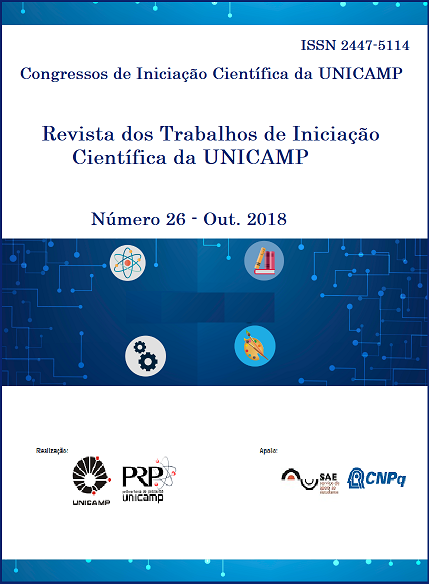Resumo
In Brazil, the submarine emissary of Santos is considered one of the main emissaries of the country. However, the practice of effluent disposal in the oceans may have negative impacts on aquatic biota. When treatment is not appropriate several contaminants can reach the water and sediments of the disposal area. This work aimed to perform acute toxicity tests with marine amphipod Parhyale hawaiensis, which is a new model for toxicity tests, with sediment samples under the influence of the submarine emissary of Santos. Samples were collected at four different sites in four sampling campaigns and were evaluated as fresh sediment, dry sediment, aqueous fraction (elutriate with sediment and water), and organic extracts. Liquid samples were tested using 96-wells microplates, and the sediment using 12 wells-microplates containing sediment and salt water in 1:4 (w/v). Neonates (< 7 days old) P. hawaiensis were used and placed individually in each well. Exposure conditions were 96h, 24+2ºC, 12h/12h light and dark. From samples analyzed, fresh sediment presented a toxicity for 72% of samples, while dried sediment were toxic for 78% of samples. Besides, all aqueous fraction were negative and organic extracts were toxic for 71% samples. Results suggest that toxicity is mainly related to organic contaminants, which is possible to note that mortality and organic matter are directly proportionals. Therefore, we conclude that the sediments are being adversely affected by outfall discharge.
Todos os trabalhos são de acesso livre, sendo que a detenção dos direitos concedidos aos trabalhos são de propriedade da Revista dos Trabalhos de Iniciação Científica da UNICAMP.
